In a recent interview with the Tehran Times, Hossein Dehghan said that Iran proved that it practices Imam Khomeini’s revolutionary concept of neither East nor West.
Read below the first part of the interview with the former defense chief:
In looking back at the 70s or 80s, during the presidency of Jimmy Carter, when Democrats were heading the US, and when the US was raising the issue of human rights, the political system of US allies particularly in the Middle East was set to meet the American interests. This brought about a series of developments in the reign.
In Iran, Mohammad Reza Shah decided to promote national and international political reforms. He made repeated attempts to make changes in government by removing some high officials from their posts and even throwing them in jail.
The message to the public was clear: the issues at hand were the result of a long-term, failed political system that was established prior to the Shah’s time. In other words, they were seeking to create an “open political climate” where people could practice freedom of speech. During that time, Imam Khomeini published his famous article in Ettela'at newspaper which brought about a widespread movement in Iran that led to the overthrow of the Shahanshahi regime.
Americans falsely thought that since the Islamic Republic was anti-US and anti-West, it would quickly swing to the East. However, Iran proved that it practices Imam Khomeini’s revolutionary concept of neither East nor West policy. The Islamic Revolution of Iran was an inspiration to many colonized countries. The US military, meanwhile, in the region had ulterior motives, one of which was to provide protection and security for Israel. The US was trying to discount the fact that Israel is an aggressor and occupied regime, too.
The Islamic Republic declared just the opposite view; it didn’t recognize the legitimacy of Israel as a state, expressed support for Palestinians’ right to self-determination, and denounced the genocide of Palestinians in their own land. The Islamic Revolution’s views were deemed threats by the West, the US, Israel and even some Arab states.
The successive changes caused by the Iranian revolution in the region were out of the US and Israel’s hands; therefore, they made secret plans to regain power over the area. The best plan was to instigate the Iran-Iraq War. In the unfair war, almost the entire Western world as well as Russia, hoping not lose Iraq to the West, sided with Iraq. The eight-year war ended in 1988 after the UN Resolution 598 came into effect that called for an immediate ceasefire.
During George W. Bush’s presidency, a few globe changing incidents took place. Bush as the former US president started the war in Iraq which led to the overthrown of Saddam Hussein’s regime. With the invasion of Kuwait in 1990, Saddam had turned into an unruly and uncontrollable power in the region which was threatening the security and independence of regional Arab countries.
During the Greater Middle East debate, a new Middle East was suggested.
(The Greater Middle East is a political term, introduced in the early 2000s, denoting a set of contiguously connected countries stretching from Morocco in the west all the way to the western edge of China in the east.)
The debate continued on when Barak Obama took over the Oval Office. He demonstrates a different face of the same policy by getting closer to the Islamic World. He chose Cairo as his first trip where he delivered a speech affirming that peaceful coexistence with Islam and Muslims was possible.
‘Axis of resistance’
At the end of George W. Bush’s presidency, Iran, Iraq and North Korea were the “axis of evil”, while in reality the effective “axis of resistance” was growing in the political arena.
The axis of resistance movement ultimately brought resistance against Israel on the one hand, and on the other accelerated the Islamic awakening and unity. The West wanted to break the chain of resistance, but decided not to start with Iran. They started with the most fragile group in the hope of breaking the rest. Thus, Israel launched the 33-day war on Hezbollah in Lebanon. From that point on, Israel realized that Hezbollah was no pushover and a force to be reckoned with.
The phenomena that came about in the region in the last two, or three decades had common objectives. First, they were geared to demonize Islam and demonstrate it as a harsh, violent and unacceptable religion to the world. The fact is that the profound concept of Islam from the school of Ahl al-Bayt (AS) is consistent with freedom lovers and righteous men regardless of race, color and background. Iran’s Islamic Revolution, having taken the same school of thought, has attracted many regional and international followers, and that is why the arrogant powers portray Islam as a religion of radicalism and intolerance.
In line with demonizing Islam, the US, with the help of its allies Saudi Arabia and Pakistan, created the Taliban, a terrorist group that we all have been a witness to with their atrocities in Afghanistan. Then, they formed Al-Qaeda, and with their aid they brought down the twin towers in New York. That was the onset of a new chapter of animosity with Iran’s Islamic Revolution. This is while Iran strongly condemned the September 11, 2001, attacks, and according to Americans, Saudi Arabia was the major player behind 9/11.
Following the 9/11 attacks in Manhattan, the US chose a strategy to deal with the ongoing threats worldwide. They claimed Muslim is a threat to America anywhere. To reach their vicious and self-serving objectives, they needed groups with radical thoughts and ideologies drowning in racism and prejudice.
They first had to use extremist “religious” groups against real Islam and Muslims. Second, these radical groups had to leave a residue of hatred towards Islam with non-Muslims worldwide. Third, the same fanatical groups would fight in predominately Muslim countries claiming, albeit falsely, that they were against tyranny and corruption, just not their own kind of tyranny and corruption.
The US, during George W. Bush’s presidency and under the new Middle East strategy, planned to forcefully replace the autocratic and dictatorial regimes with democratic systems. Rather, the true Bush aims were even more “security” for Israel, and control of resources and governments regionally. After Bush’s presidency, the Islamic awakening began, but Americans sensed the loss of control over the affairs and movements in the Middle East, and thus, they made further attempts to gain control of the region again.
Interview by Mohammad Ghaderi
MNA/TT

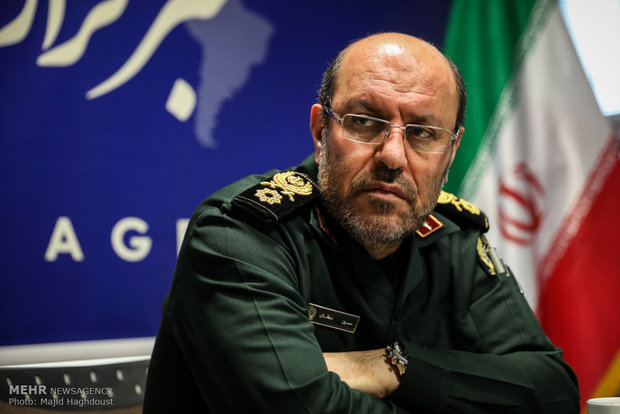

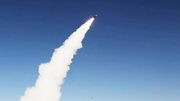
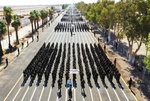


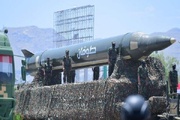
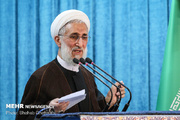
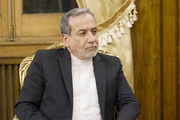













Your Comment